 What are the Functions of the Duodenum?
What are the Functions of the Duodenum?

The small intestine consists of three segments: the duodenum, jejunum and ileum. Every segment of the small intestine performs different essential functions for the digestive system. The duodenum is involved in breaking down the food and plays an important role in the absorption of nutrients. Not only do humans have a duodenum, but other mammals and other animals including birds and reptiles do to, suggesting that evolution has found it to be an efficient part of the digestive system.
The Duodenum: An Overview
The duodenum is a C-shaped organ located below the stomach, and it curves around the pancreas. The duodenum is an upper portion of the small intestine and it is the first and shortest section of the small intestine. It is about 25-30 cm long. The duodenum is a hollow jointed tube that connects the stomach to the jejunum.
The duodenum is divided into four sections: the superior, descending, horizontal and ascending duodenum. The inner lining of the duodenum is made of crypts (intestinal glands) that increase the surface area of the intestinal membrane, making digestion more efficient. The duodenum also contains smooth muscle to push waste products to the large intestine. Apart from this, several ducts are opened into the duodenum from the pancreas, gallbladder and liver.
What Are the Duodenum's Functions?
The duodenum continues the process of digestion of food that begins in the stomach. Its main function is to receive the chyme which is a combination of partially digested food and stomach acids. The chyme is released into the duodenum through the pylorus, which is a small valve located between the stomach and the duodenum. The duodenum accepts the chyme from the stomach and continues the process of digestion. This is done with the help of digestive enzymes and intestinal juices secreted by the crypts in the intestinal wall. Also, the duodenum receives bile that is drained from the liver and gallbladder, as well as pancreatic juice secreted by the pancreas. These secretions aid in the digestion of food.
Apart from digesting foods, the duodenum also helps to regulate the rate of gastric emptying. Gastric emptying represents stomach emptying which is the process of food going from the stomach to the duodenum. The duodenum also triggers the hunger signals that warn you that it is time for another meal. Both of these functions are performed with the help of hormones that are produced and released by the duodenal epithelium, its inner lining.
The duodenal epithelium includes the cells that secrete two hormones known as secretin and cholecystokinin. When excess acid is present in the small intestine or duodenum, the hormone secretin is released. On the other hand, cholecystokinin is released in the presence of fatty acids and amino acids. Both secretin and cholecystokinin encourage the secretion of bile and pancreatic juice to make for a smooth digestive process.
Finally, the duodenum absorbs the nutrients you ingested so that the cells in your body have access to them, and it does it even more efficiently than the stomach, in which this process kicks off. Because of that, in obese people, the duodenum is frequently bypassed in gastric bypass surgery to decrease the absorption of nutrients and to facilitate weight loss.


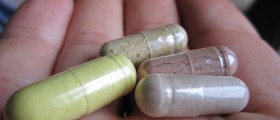


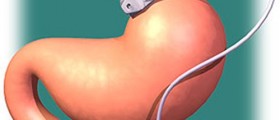
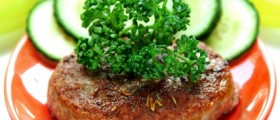
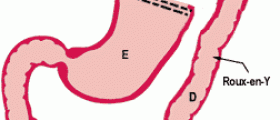
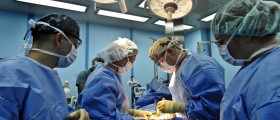

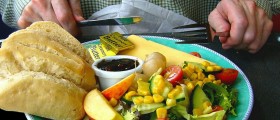

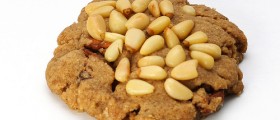


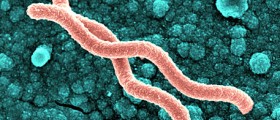

Your thoughts on this
Loading...